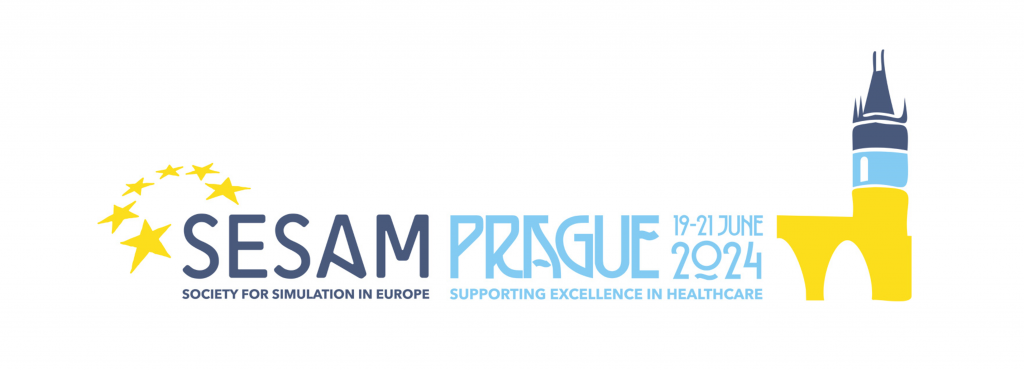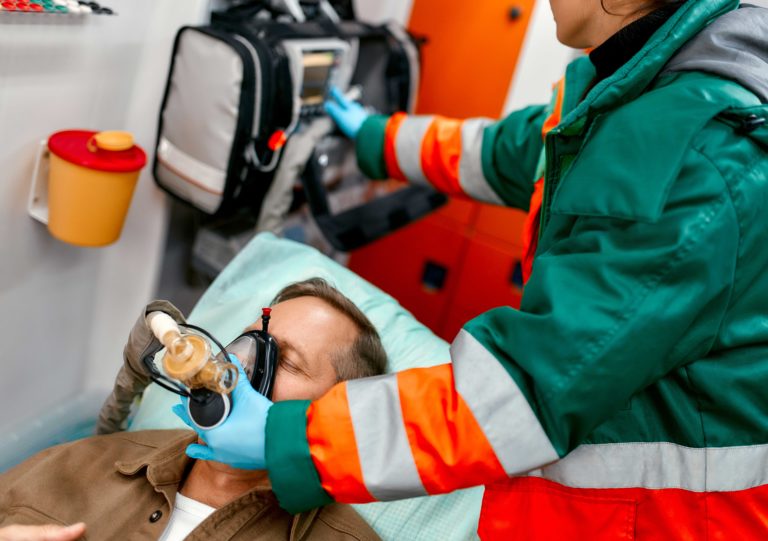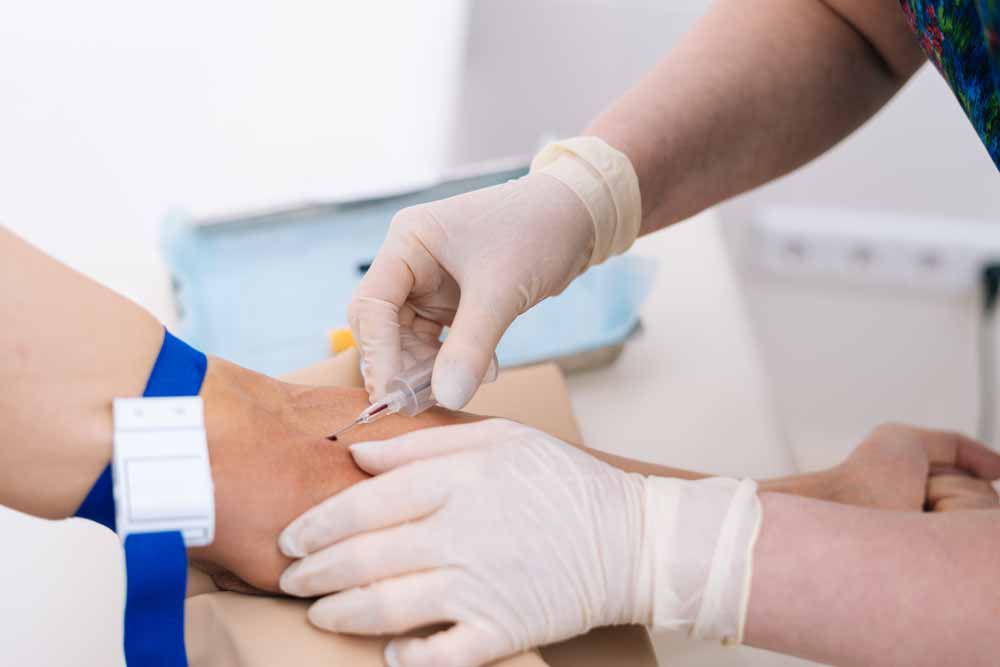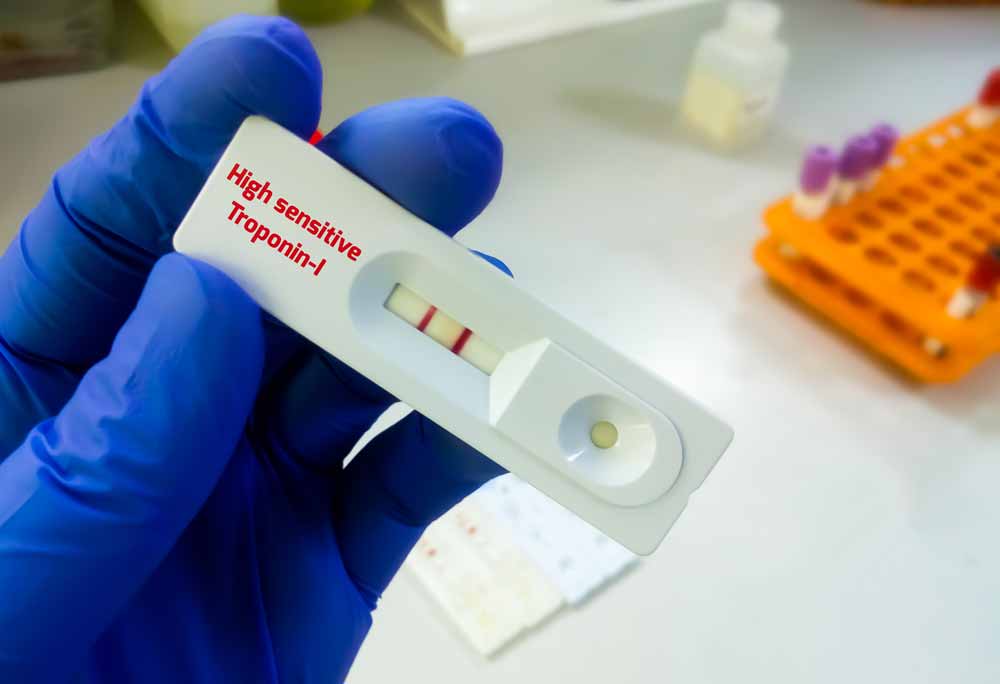Standardized patient

Recently, the requirements for the quality of professional training of medical specialists have increased significantly. The development of market relations in the healthcare sector dictates the need to improve the quality of medical care.
One of the main problems that today’s graduates of higher medical schools talk about is a high level of theoretical training and a low level of practical skills of the future profession.
The traditional training system puts the acquisition of knowledge first, while in a professional environment, the assessment of a specialist is carried out according to the criteria of skills and abilities.
The more knowledge and skills the doctor turns into automated skills that do not require thought for flawless activity, the more he will free his head to solve complex patient problems: the selection of the optimal examination program or the choice of the most rational method of treatment.
The volume of knowledge that a student receives at the university is so large and multifaceted that it does not allow literally all of them to be brought to the highest category of education – creativity. How can we single out the most important ones that are of practical importance in the future? And in this matter, the student should be helped.
Among the clinical skills necessary for the further professional development of a doctor, the ability to create and maintain effective interaction between a doctor and a patient is key, along with the ability to conduct diagnostic and therapeutic procedures. The optimal solution for assessing these competencies would be to work with a real patient, but this approach has significant limitations and faces a number of serious obstacles.
- By the time of the exam, the clinic may not have a sufficient number of patients with the standard course of the most important diseases, and the participation of the existing patients is significantly limited by their state of health and should not have a negative impact on them.
- A real patient may interact in different ways with different examinees, this creates unequal conditions for assessing the doctor’s skills.
- When a real patient communicates with a large number of students, the risk of privacy breaches increases.
- Repeated return to the story of their problems can have a negative impact on the psychoemotional state of the patient.
- Due to the dependent position of the patient from the clinic staff, it is almost impossible to obtain truthful feedback both in terms of assessing the actions of the examinee, the emotional perception of him by the patient, and the effect of the examination procedure on the patient’s well-being.
The problem of teaching independent clinical thinking to medical students is very important. Currently, in the training system, there are many different methods that contribute to deepening and increasing the volume of knowledge, motivating to acquire new knowledge and skills. The use of situational tasks in the educational process, illustrating the most typical diseases, are widely used in the educational process in modern medical universities. However, this does not allow to fully ensure the formation of clinical thinking and teach the ability to communicate with patients. These tasks are met by the “standardized patient” methodology, which makes it possible for the student to work independently.
The Standardized Patient (SP) is an individual who is trained to act like a real patient in order to simulate a set of symptoms or problems. Simulated patients are successfully used for education, assessment of healthcare professionals, basic, applied and translational medical research.
In the process of training according to the “standardized patient” method, it is mandatory to review and discuss the student’s tactical behavior in various clinical situations, his ability to conduct differential diagnostics, make a preliminary diagnosis, which, in turn, increases the amount of knowledge and at the same time forms the skills of working in a medical team. The entire process of teaching according to this methodology and certification of students must be documented, which allows an objective assessment of the knowledge and skills of students.
The “standardized patient” technique has been used in foreign countries for over 40 years. People trained to portray patients have been termed differently. In the early 1960s, they were called programmed patients, and later in the 1970s, fake patients. When used to assess the skills of medical students, they have come to be called standardized patients.
Dr. Howard Burrows trained the first standardized patient in 1963 at the University of Southern California. This SP, simulated the history and results of the examination of a patient with paraplegic multiple sclerosis. Dr. Burroughs also developed a checklist that was used to evaluate the trainee’s performance. Dr. Paula Stillman trained another group of standardized patients in 1970 at the University of Arizona. In her pilot program, local actors portrayed the “mothers” of fictional children. The actors described the illness from which the invisible child was suffering, requiring medical students studying the history to develop a differential diagnosis based on the mother’s account. In 1984, a number of residency programs in the northeastern United States gave their residents the same exam using the SP. The Medical Council of Canada was the first to use SP in licensing exams in 1993. The Education Commission for Foreign Medical Graduates introduced the Clinical Skills Exam in 1998 to test the clinical skills of foreign medical graduates. This exam is now called the USMLE Step 2 Clinical Skills exam and is required for medical licensing in the United States for both international medical graduates and American medical students.
Many authors have recently paid a lot of attention to the “standardized patient” methodology, emphasizing its effectiveness in teaching and assessing practical skills. This teaching method is actively used all over the world, it is being improved and is included in the certification exams of medical specialists.
This technique was developed by the Brody Graduate School of Medicine, East Carolina (USA). Research that was begun 17 years ago in the field of optimization of the educational process has been embodied in the “standardized patient” methodology. All students, doctors of any specialty, intending to practice in the United States, take an exam at the patient’s bedside. The patient’s role is played by a professionally trained actor.
People trained to portray patients have been called various names for over 40 years. In the 1960s, they were called programmed patients; in the 1970s, they were simulated patients. When used to assess the skills of medical students, they have come to be called standardized patients or SP. Over time, the term “standardized” was replaced by the original term “simulated” to emphasize the fact that each clinical case is presented fundamentally the same in the conversation with each student. A standardized patient is always a simulated patient, but a simulated patient is not always standardized.
SP is a person who is carefully trained to simulate a real patient so accurately that even an experienced clinician cannot notice the simulation.” Thus, the main task of the SP is to make the student forget that he is on the exam and start communicating with the SP as a doctor.
Attempts to use situational tasks illustrating the most typical diseases in the educational process are not new and have been undertaken for more than a hundred years. A large number of collections, educational and methodological recommendations have been released, which are widely used in the learning process. Their benefits and feasibility are undeniable. However, they are all built according to approximately the same scheme and are designed either for an individual decision by the student for example, making any form of organizational decisions, or for collective analysis together with the teacher. But this is not enough for the formation of “clinical thinking”.
It is believed that the best form of education is practice or, in other words, supervision of real patients, which is not always feasible from the point of view of modern realities.
The next level of solving situational problems and examples were attempts to stage them with the involvement of actors. Now this technique is used all over the world, in many medical universities and schools. Actors act out one of the typical (standard) situations in front of the student. The name of the method is connected with – “standardized patient”.
The main parameters to be met by the teaching method with the involvement of actors:
1. the student must work independently, relying only on his or her own strength and knowledge;
2. the actor should not improvise, but give out only a worked out, “stage” role, provide clearly formulated, accessible information that allows the student to understand the nature of the demonstrated pathology;
3. at the student’s disposal, all additional information on the demonstrated clinical case, including the data of laboratory and instrumental studies must be provided, hence allowing them to confirm their conclusions;
4. the whole process must be objectively documented in order to subsequently be able to objectively evaluate and analyze errors.
The objectives of standardized patients are:
- Providing the opportunity to examine oneself in the scope of interviewing complaints, collecting anamnesis, conducting percussion, auscultation, measuring blood pressure, electrocardiography, pulse oximetry, peak fluometry, and other non-invasive research methods;
- Imitation of complaints, anamnesis of illness and life according to a previously developed scenario;
- Imitation of behavior and its change during the survey according to a previously developed scenario;
- Imitation of the patient’s feedback during verbal and tactile contact with the doctor (answers to questions depending on the form of his statement, behavior change, etc.).
Benefits.
The value of the “Standardized Patient” methodology is obvious: firstly, the student has the opportunity to practice practical skills on a real patient, and in case of mistakes, correct the existing shortcomings. Secondly, the student learns to work independently, one on one with the patient, relying only on his or her own strength and knowledge. Thirdly, the student gets used to working in a strictly limited time (20 minutes of questioning, 25 minutes of examination), the deficit of which is one of the realities of the everyday life of a doctor of any specialty. In addition, students have the opportunity to work out the psychological foundations of the “doctor-patient” interaction. The simulation by the actor is not only of a certain symptom complex of the disease, but also the demonstration of various character traits of a sick person which teaches the medical student the elements of psychology. If this is added to the subsequent thorough analysis indicating the specific mistakes of the curator and making appropriate adjustments, it makes the “Standardized Patient” technique truly unique. In addition, this method can be successfully used not only as training, but also to control knowledge, and not only among students, but also interns, residents and already practicing doctors.
There are several advantages to using simulated patients.
- Efficiency
- Convenience (can accommodate more students than real patients)
- Standardization: The use of standardized clinical scenarios allows direct comparisons of students’ clinical skills at local, national and international levels.
- Compression/extension of time: SPs can provide a longitudinal experience and allow students to follow patients over time, even on tight exam times. One of the techniques used in SP is the use of information cards. When a student declares the need for a laboratory test – an instrumental diagnostic method, a small card with the results is provided to him or her and then the meeting continues.
- Safety: SP encounters allow students to learn about situations they cannot handle alone in a real clinical setting, or where using a real patient might be inappropriate. For example, counseling a cancer patient.
Limitations
The biggest limitation to the use of simulated patients may be their cost.
At the same time, SPs are case-specific and can only assess clinical competence in a limited area. Multiple meetings may be required for training or wide range testing. In addition, while SPs are adept at modeling symptoms, emotional states, and even certain test results (such as a neurological examination), they may not be able to mimic certain other signs, such as heart murmurs or lung sounds. Recruiting SP can also be difficult, time consuming, and more expensive than recruiting “real” patients.
The emergence of the COVID-19 pandemic in the world dictated the need to further search for effective strategies for the training and retraining of medical professionals.
“Global electronic database of clinical case scenarios “ClinCaseQuest”” expands the capabilities of the traditional training system. And in addition, based on the world experience of using the standardized patient methodology in the educational process, it makes it possible to receive practical training in a virtual environment, regardless of the operating mode of the educational institution and clinic, in a remote format, providing access to a variety of clinical training scenarios.
- Bulatov, S.A. Practical skills and abilities. The program of mastering practical skills according to the “Standardized patient” methodology: teaching aid. / S.A. Bulatov S.A., R.F. Khamitov. – Kazan: Brig, 2006 .– 44 p.
- Bulatov, S.A. Standardized patient. Simulation training in medicine. Edited by A.A. Svistunov Compiled by M.D. Gorshkov – Moscow: Publishing House of the First Moscow State Medical University. THEM. Sechenov, 2013 .– S. 126-143.
- Suzanne M. Kurtz; Jonathan Silverman; Juliet Draper (2005). “Simulated patients”. Teaching and teaching communication skills in medicine. Radcliffe Publishing. ISBN 978-1-85775-658-6.
- Burrows, H (1993). “A review of the use of standardized patients for clinical education and assessment.” Academic medicine. 68 (6): 443-453. DOI: 10.1097 / 00001888-199306000-00002.
- Spencer, J; Dales J (2006). “Meeting the needs of patient modeling and caring for the person behind them.” Med Educ. 40 (1): 3-5. DOI: 10.1111 / j.1365-2929.2005.02375.x. PMID 16441312.
- Kulze, Elizabeth (2015-02-19), These Medical Models Teach With Their Own Bodies, Accessed March 7, 2017.
- Gordon JA, Oriol NE, Cooper JB. Bringing good teaching cases “to life”: a simulation-based medical education service. Acad Med. 2004; 79 (1): 23-7.
- Abdulmohsen H Al-Elq. Simulation-based medical teaching and learning. J Family Community Med. 2010; 17 (1): 35-40. DOI: 10.4103 / 1319-1683.68787
- Sandeep S, Lata I. Simulation in resuscitation teaching and training, an evidence based practice review. J Emerg Trauma Shock. 2010; 3 (4): 378-84.
- White P, Larson I, Styles K, Yuriev E, Evans DR, Rangachari PK. Adopting an active learning approach to teaching in a research-intensive higher education context transformed staff teaching attitudes and behaviors. High Educ Res Dev. 2016; 35: 619-33. DOI: org / 10.1080 / 07 294360.2015.1107887
- Fiscella K, Franks P, Srinivasan M, Kravitz RL, Epstein R. Ratings of physician communication by real and standardized patients. Ann Farm Med. 2007; 5: 151-8. DOI: 10.1370 / afm.643
Register on our website right now to have access to more learning materials!
AI-Driven Patient Simulator – Quick Feedback
🗣️ We Value Your Feedback Thank you for your interest in the AI-Driven Patient Simulator!…
Get Early Access AI-Driven Patient Simulator
Try the AI-Driven Patient Simulator and explore the future of medical education 🧠 Try the…
Celebrating a Major Milestone: SESAM Recognizes ClinCaseQuest’s Defragmented Debriefing Model as an Advancement in Clinical Simulation 2024
At ClinCaseQuest, we are thrilled to announce an outstanding achievement in the field of medical…
Acute Pulmonary Edema: Emergency Care Algorithm – Should We Remove or Redistribute the Fluid?
Case Presentation: A 64-year-old man was transported to the emergency department by ambulance due to…
ClinCaseQuest Featured in SchoolAndCollegeListings Directory
Exciting News Alert! We are thrilled to announce that ClinCaseQuest has been successfully added to…
Сounseling a patient with suspected Takotsubo-syndrome OSCE guides
The onset of the consultation Wash hands and put on PPE if necessary. Introduce yourself…









